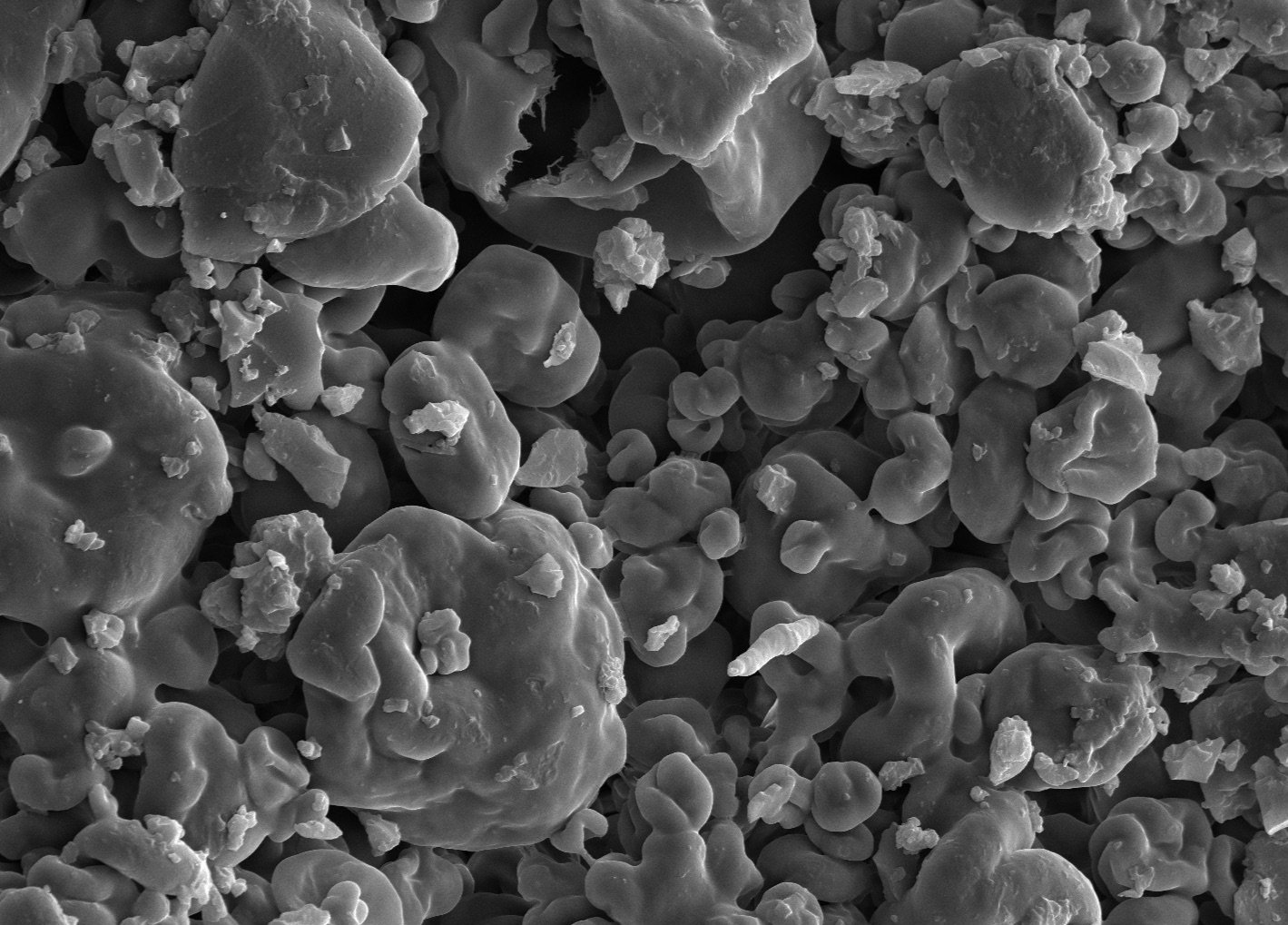
RESEARCH PORTFOLIO
Current Research Projects
“Toxicity of components used in vaping”
Vaping is widespread, but the potential toxic effects of various ingredients commonly used in vape liquids are not well understood.
This project involves chemical and toxicological studies of terpenes (used as flavoring agents) and diluents (used to assist the aerosolization of the flavors and active ingredients) and potential synergistic effects between multiple components.
Investigator(s): Dr. Yanira Baldovinos, Dr. Jon Beard
Collaborator(s): Professor Robert Strongin; Portland State University
“Aerosol exposure surfactometer”
Lung surfactant exists in the alveolar space and is essential to healthy lung function. There is growing evidence that aerosol contaminants may harm lung function by interfering with lung surfactant properties.
This project aims to develop a novel equipment setup for studying the co-exposure of lung surfactant and lung cells to aerosols.
Investigator(s): Taylor Jefferis
Collaborator(s): Dr. Saber Hussain; Air Force Research Laboratory
“Nanotherapeutics for Huanglongbing disease management in citrus plants”
Huanglongbing (HLB) is the most devastating disease in the citrus tree, caused by Candidatus Liberibacter asiaticus and transmitted by Diaphorina citri
HLB management is complex due to the nonspecific symptoms, late diagnosis, fastidious nature of the bacterium, and irregular distribution of the pathogen in trees
This project aims to develop novel antimicrobial encapsulated nanoparticles that enter the plant vascular system (phloem), where bacteria reside
Investigator(s): Dr. Amanda Sevcik, Dinny Stevens, Brittany Carnathan, Jeremy Thompson, Merideth Harvey
Collaborator(s): Dr. W. Evan Braswell; Animal and Plant Health Inspection Service, USDA
“Sensitization vs. irritation”
In an effort to quickly assess potential hazards associated with environmental contaminants in the air, as well as to decrease the use of animals used in safety testing, investigations that lead to verifiable in vitro testing methods are needed
Sensitization is an irreversible effect initiated and induced by the immune system; we study the exposures to pulmonary sensitizers, cellular activators, and irritating particles
Results show that compared to naïve cultures, markers for dendritic cell trafficking and antigen presentation are observed as well as increased number and length of dendritic protrusions
Investigator(s): Taylor Jefferis
“Gut tri-culture project”
There is momentum in biomedical research to improve the structure and function of in vitro intestinal models that better represent human biology; to build a more comprehensive model, three human cell types are co-cultured and characterized.
The model demonstrates a potentiating effect in metabolism and pro-inflammatory markers, and barrier integrity and cell seeding density seem to play a role in the reliability of the endpoint readouts.
The data show that monocultures do not have the same characteristics inherent to triple cell culture models; multiple cell types in an in vitro model produce a better representation of an intact organ and aid in the ability to assess immunomodulatory effects of nanomaterials designed for cancer theranostics after ingestion.
Investigator(s): Dr. Amanda Sevcik
Collaborator(s): Dr. Jo Anne Shatkin, PhD; Vireo Advisors, LLC
